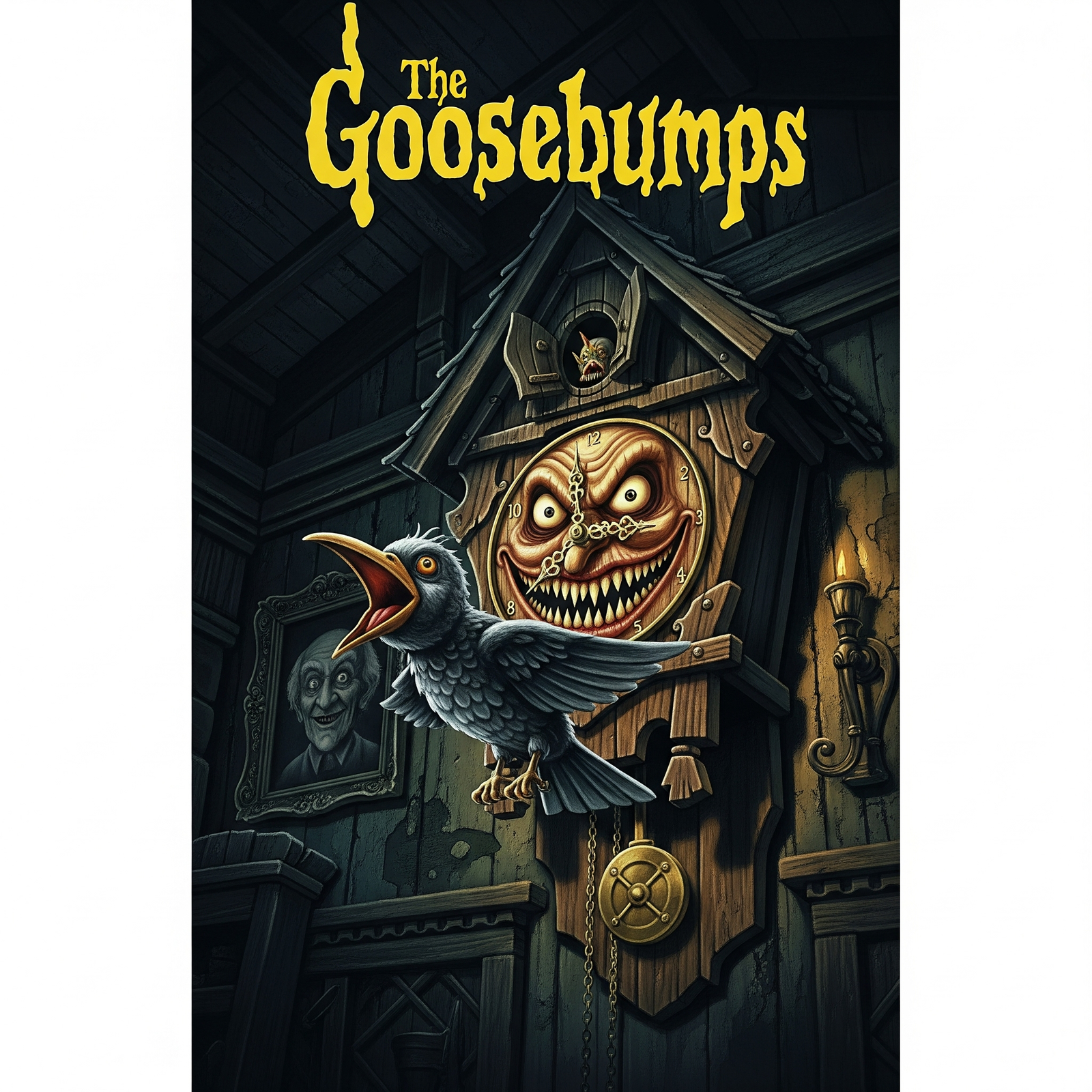The cuckoo clock is more than just a timepiece; it’s a cherished icon, a symbol of intricate craftsmanship, and for many, a nostalgic link to simpler times. But behind that charming little bird lies a surprisingly rich history filled with fascinating secrets, unexpected origins, and even a few celebrity connections you’d never guess.
Get ready to discover the untold stories of this beloved clock, from its mysterious Black Forest beginnings to its surprising impact on pop culture. You might just look at that chirping birdie a little differently after this.
Friedrich I, Grand Duke of Baden
The “Cuckooland” museum in the UK, which houses the world’s largest collection of cuckoo clocks, boasts what is possibly the most famous cuckoo clock: one made for Frederick I, the Grand Duke of Baden, in the 1860s. This highlights their status as prized possessions, even for royalty.
Clockmakers of the Black Forest
While specific famous owners are harder to pinpoint due to the private nature of collecting, the true “personalities” behind cuckoo clocks are often the generations of skilled clockmakers and carvers in the Black Forest. Families like Adolf Herr and the Herr family have been making clocks for centuries, with traditions passed down from father to son. Their dedication to craftsmanship is what makes these clocks so unique.
Philipp Hainhofer (17th Century Merchant)
One of the earliest known descriptions of a cuckoo clock comes from the Augsburg merchant Philipp Hainhofer in 1629. This shows that these unique timepieces were already circulating and intriguing people in cabinets of curiosities even before their widespread fame in the Black Forest.
Mark Twain
The celebrated American novelist Mark Twain is quoted as saying, “The cuckoo clock is not just a machine but a work of art. Each one is a poem in wood, expressing the soul of the craftsman.” This quotebeautifully encapsulates the appreciation for the artistry involved in cuckoo clock creation, even from a renowned literary figure.
Karl Lagerfeld
The iconic fashion designer Karl Lagerfeld was photographed holding a creation by Stefan Strumbel, a contemporary artist known for his modern interpretations of traditional Black Forest art, including cuckoo clocks. This shows how cuckoo clocks can inspire even high-fashion and contemporary art worlds.
Symbol of German Heritage
Cuckoo clocks are undeniably a powerful symbol of German craftsmanship, tradition, and the idyllic Black Forest region. They are often seen as cherished family heirlooms, passed down through generations, connecting people to their roots.
German Cuckoo Clocks In Film and Literature

Cuckoo clocks frequently appear in film, literature, and music, often as metaphors or allegories. They can represent:
Innocence and Childhood: Their whimsical nature often evokes feelings of nostalgia and simpler times.
The Passage of Time: The hourly chime is a constant reminder of time’s relentless march.
Nostalgia and Tradition: Their classic design often brings to mind a sense of history and enduring customs.
Humor or Eccentricity: The sudden appearance of the cuckoo can be used for comedic effect or to highlight an eccentric character.
“The Third Man” (1949 Film)

This iconic film, set in post-war Vienna, features a famous quote by Orson Welles’ character Harry Lime, where he famously scoffs at Switzerland’s neutrality by saying, “In Italy, for thirty years under the Borgias, they had warfare, terror, murder, and bloodshed, but they produced Michelangelo, Leonardo da Vinci, and the Renaissance. In Switzerland, they had brotherly love; they had five hundred years of democracy and peace, and what did that produce? The cuckoo clock.” While historically inaccurate (the cuckoo clock is German, not Swiss), this line cemented the cuckoo clock’s image in pop culture, albeit in a somewhat controversial way.
“The Cuckoo Clock of Doom” (Goosebumps book)
R.L. Stine’s popular children’s horror novel features a magical cuckoo clock that sends its owner back in time, creating a humorous and slightly spooky narrative around the object.
Animated Features Of The Black Forest Clocks
Cuckoo clocks are ripe for animation! You’ll find them in cartoons and animated films where the cuckoo bird often takes on a personality of its own.
Black Forest Cuckoo Clocks Art and Design
Beyond traditional models, artists and designers continue to reinterpret the cuckoo clock, creating modern, minimalist, or even avant-garde versions that play with its iconic form and function.
Conclusion
The Cuckoo Clock stands as a testament to centuries of meticulous craftsmanship from the Black Forest, a whimsical symbol of tradition, and an enduring source of fascination. Whether a treasured family heirloom or a quirky piece of decor, each “cuckoo!” echoes a rich heritage that continues to captivate and charm.

